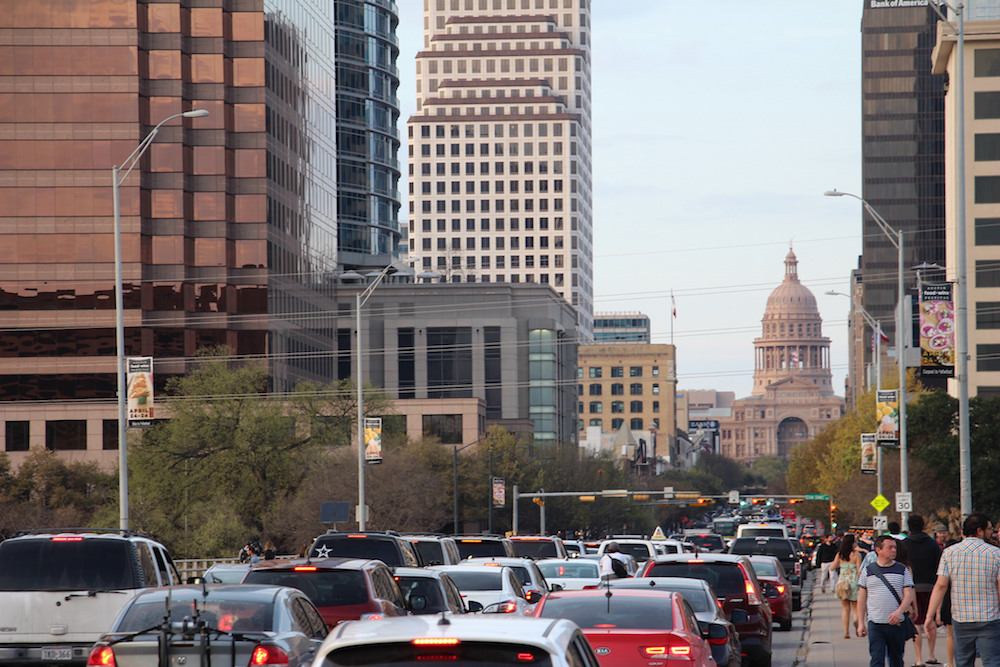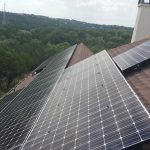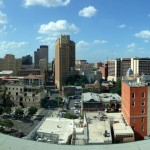
The Austin, TX, metro area’s population has reached a population landmark.
Ryan Robinson, the City of Austin’s demographer, says that sometime over the summer of 2015, the five-county Austin metro area surpassed the 2 million mark for population. Based on Robinson’s estimate, the population of the Austin area stood at 2,020,452 on Oct. 1.
Steve Murdock, director of the Hobby Center for the Study of Texas at Rice University in Houston, TX, and former director of the U.S. Census Bureau, says he concurs with Robinson’s estimate.
“For me,” Robinson says, “the 2 million mark is indeed significant if for no other reason than it is a big milestone. We continue to double our metro population every 20 years and are showing no signs whatsoever of slowing down anytime soon.”
Why does LawnStarter care about the Austin area’s population? For one thing, we’re a startup based in Austin. For another, we provide the most convenient lawn care Austin has to offer.
Fast Track
In April 2000, the region’s population was just 1,249,763. By April 2010, the Austin area’s population had climbed to 1,716,289. In zooming past the 2 million mark, the region’s population has jumped 62 percent from April 2010 to October 2015 — making Austin one of the fastest-growing metro areas in the U.S.
Now that it has passed the 2 million mark, the Austin area’s population is on par with the estimated 2014 population of the Cleveland, OH; Las Vegas, NV; and Kansas City, MO, metro areas. And the Austin area’s population is creeping closer to the San Antonio area’s. The U.S. Census Bureau estimates that as of July 2014, the San Antonio region had 2,328,652 residents.
Austin remains the fourth largest metro area in Texas, behind Dallas-Fort Worth, Houston and San Antonio.
Ryan Robinson is the demographer for the City of Austin.
Photo: University of Texas Division of Diversity and Community Engagement
Bubble Hasn’t Burst
Robinson says that he’s been waiting for the Austin area’s population boom to crest at some point, but that hasn’t happened so far.
“I would have expected our growth to begin to decelerate but it has actually has accelerated,” he says.
What’s Ahead?
With the Austin area’s population now exceeding 2 million, what does the future hold? A forecast from the Urban Institute shows that based on average birth, death and migration rates, the Austin metro area’s population will hit 2,232,481 in 2020 and 2,765,647 in 2030.
Steve Murdock heads the Hobby Center for the Study of Texas at Rice University.
Photo: Rice University
A recent LawnStarter study found that the combined population of the Austin and San Antonio areas is projected to exceed 5.7 million in 2030, up from nearly 4.3 million in 2014.
Murdock says the Austin area’s growth may slow a bit as the U.S. copes with a slump in the energy industry, but thanks to population bursts in the area’s northern and southern suburbs, “it is likely to continue to be a growth area for some time.”
Need help tending to your lawn, visit our Austin lawn care page for more info! In addition to Austin, we also provide lawn care service in Round Rock, Cedar Park, Pflugerville, Leander, and Georgetown.
Top photos: Flickr/mrlaugh and Flickr/Shachar Abiry








